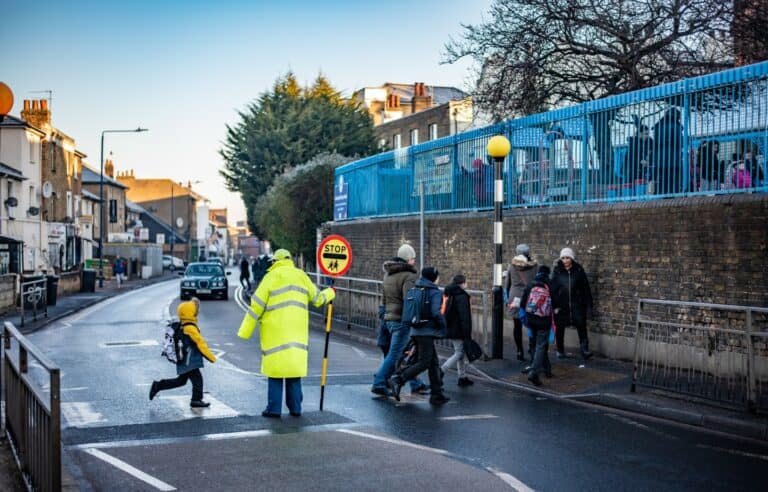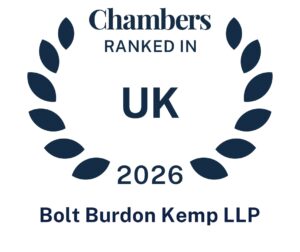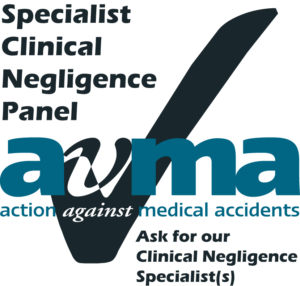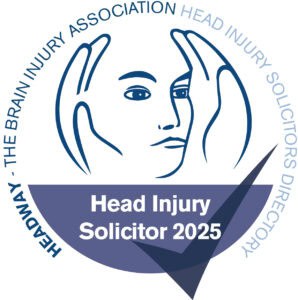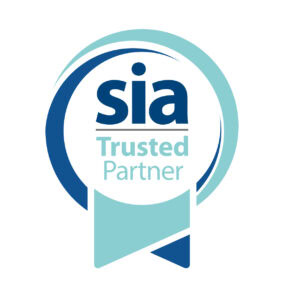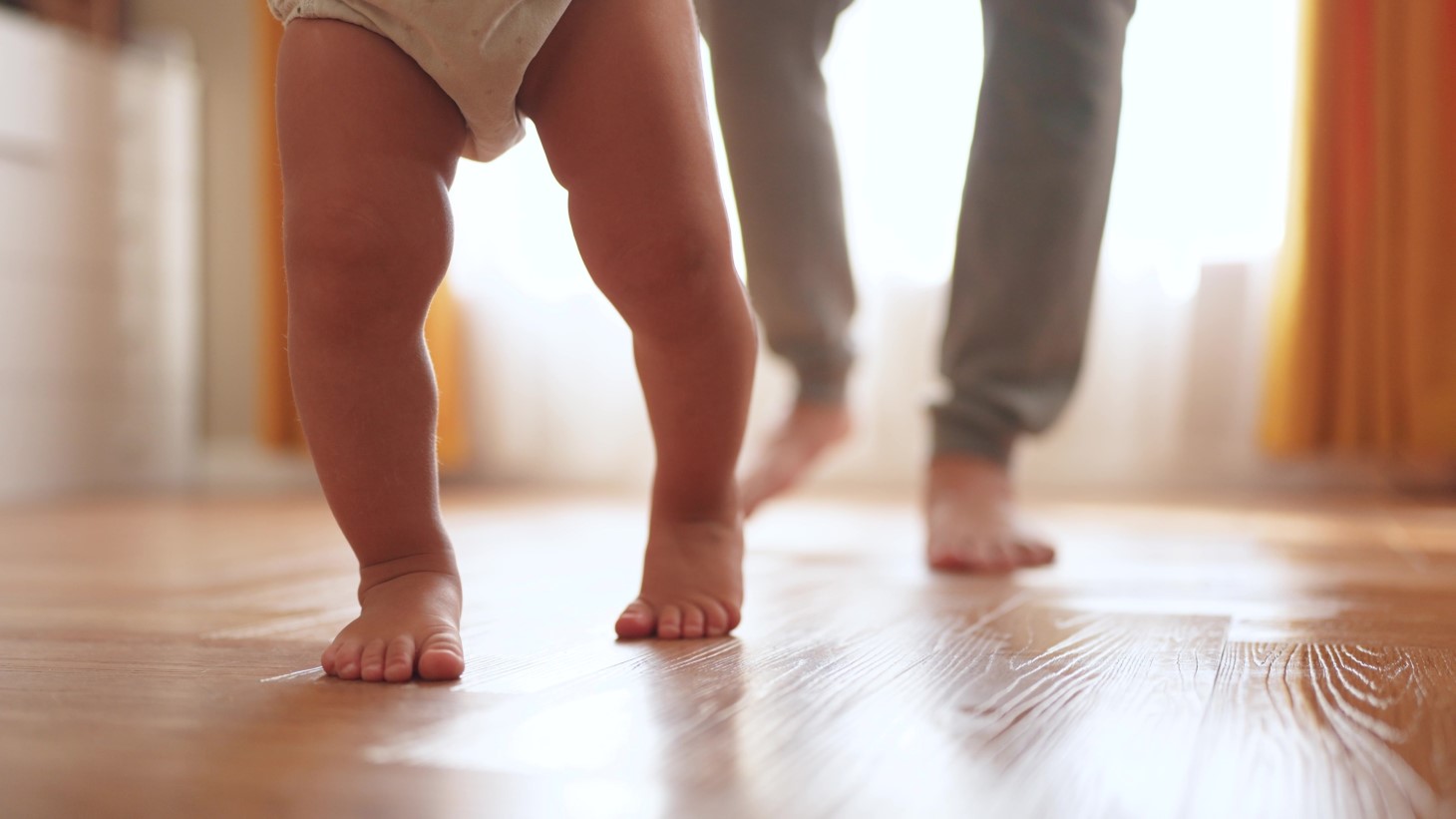
Hip Dysplasia claims in children
Developmental dysplasia of the hip (DDH) is a condition which occurs when the hip joint doesn’t form properly. Failure to diagnose DDH early can lead to disabilities later in your child’s life.
All medical professionals have a duty to provide reasonable care and skill and so if there is a negligent failure from medical professionals to diagnose this condition in your baby, your child might be able to claim compensation.
What is DDH?
DDH is a condition which is routinely screened for in all newborn babies. It occurs when the ball and socket hip joint does not form properly, which results in the joint being loose or dislocated either partly, or fully.
Detecting and treating DDH early is essential in preventing further complications. If caught early (usually within the first six months of your baby’s life) the procedure to realign the hip joint is relatively straight forward and most children will make a full recovery and not have any further difficulties in the future.
What are the signs of DDH?
All babies should be assessed for developmental hip dysplasia as part of the newborn physical examination which takes place during the first 72 hours following birth. They should then be re-assessed again at around 6-8 weeks old.
If there are any signs that your baby’s hip is unstable, they should have an ultrasound between 4-6 weeks old.
Common symptoms of DDH are:
- Limited movement in the hips or a stiff hip joint
- One leg cannot move sideways as far as the other one can
- A dragging leg when your baby crawls
- Clicking or popping sound during movement of the hips
- A limp
- Your baby’s legs are not the same length
Can DDH be treated?
If DDH is caught early (within the first six months) the most common course of treatment is usually a Pavlik harness. This is a fabric harness that your baby usually wears for several weeks and it maintains stability in your baby’s hips to allow the hip joints time to develop normally.
If your baby is diagnosed with DDH after six months or the harness didn’t improve their condition, the doctors might consider reductive surgery. This involves a procedure to correct the alignment of the hip joint. Following surgery, the recovery is usually around 12 weeks, and a cast is normally worn to ensure correct healing of the hip joint.
What happens if my child’s DDH goes undiagnosed?
If there is a failure to diagnose DDH and there is a delay in treatment this can lead to numerous difficulties, especially as your baby grows. These difficulties can include:
- Chronic long-term discomfort and pain
- Mobility and agility problems
- Increased risk of osteoarthritis
- Instability in the hip joint and frequent dislocations
- Abnormal walking
- Impact on quality of life
- Need for surgery including hip replacements in severe cases
Has my child got a claim?
To be successful in bringing a claim for delayed diagnosis of hip dysplasia we, as your solicitors, will need to prove:
Duty of care
Everyone including babies are owed a duty of care by all medical professionals.
Breach of duty
That the level of care your baby received fell below the accepted standard.
Causation
The negligence directly resulted in harm to your baby. This could be that the failure in identifying and/or treating has made their condition worsen or it resulted in long-term disabilities.
Damages
There was a loss suffered as a result of the negligence, including pain, suffering, loss of income or cost of medical treatment or therapies that otherwise may not have been required.
Why bringing a claim is important
The aim of compensation is to put the child back into the position they would have been in had they not been injured.
Compensation can ensure your child has financial security and can help provide:
- Access to private medical treatment or therapies not available through the NHS.
- Specialist equipment, such as wheelchairs, or home adaptations.
- Respite care and emotional support for you and your family.
The claim is about making sure your child has the resources they need, now and in the future. More information in this blog.
Making claims on behalf of a child
Within law children are known as ‘protected parties’, and a claim is brought on their behalf through a ‘litigation friend’ who acts in their best interests. This is often a parent or guardian.
At Bolt Burdon Kemp LLP, we are experts at supporting litigation friends through this process.
When do I need to make the claim?
There are legal timeframes for bringing a claim for compensation. With claims involving children, your child has until their 21st birthday to bring a claim. However, you should seek advice from a solicitor as soon as possible.
How can our team at Bolt Burdon Kemp help?
Our complex injury team here at Bolt Burdon Kemp specialise in bringing claims on behalf of children and adults who have suffered injuries as a result of a personal injury or medical negligence.
If your child’s hip dysplasia was missed or their corrective surgery went wrong, and you are considering making a claim on behalf of your child, our team are always happy to speak further about your options and how we can help obtain the level of compensation that your child needs to have the best life possible with their injuries.



